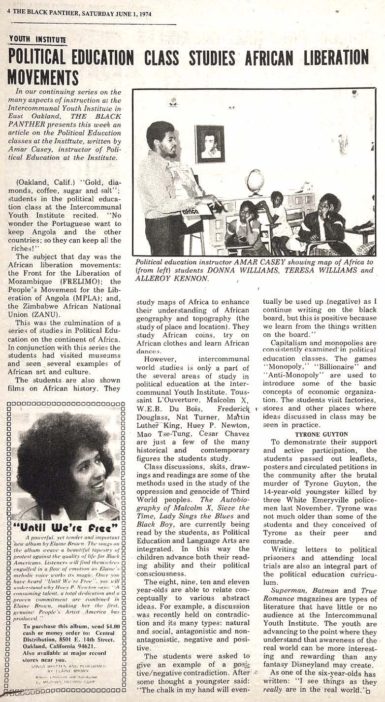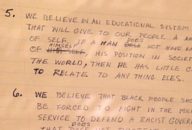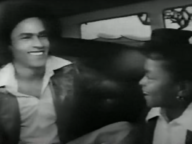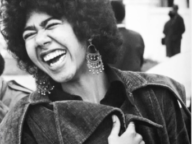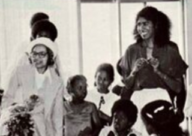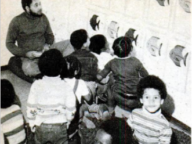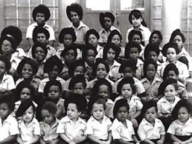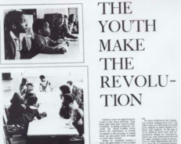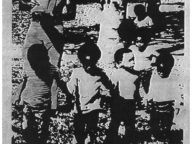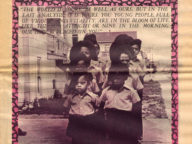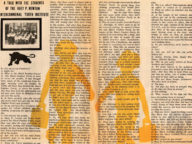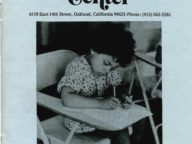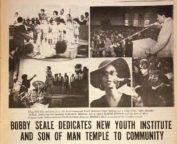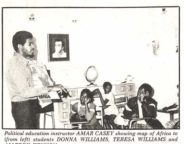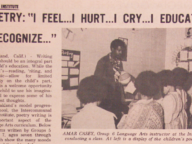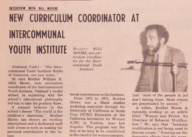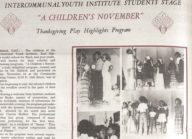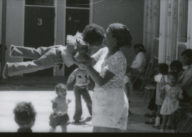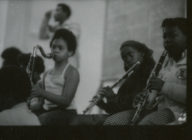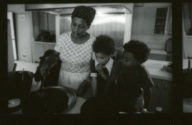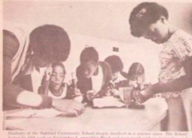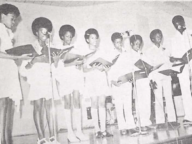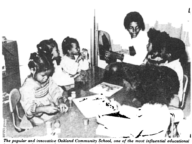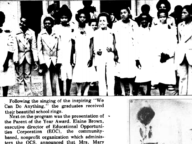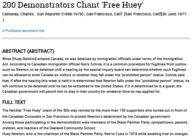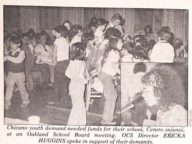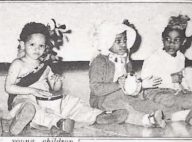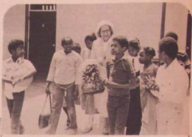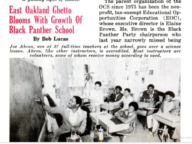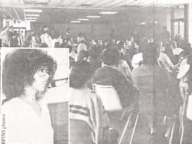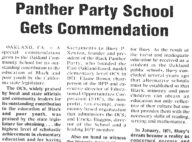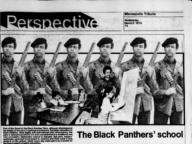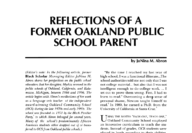This article is part of a series in The Black Panther focusing on the Intercommunal Youth Institute. In it, Amar Casey, Political Education instructor, discusses his class. On this day, they were studying African Liberation movements in Mozambique, Zimbabwe, and Angola, as part of their studies of Africa. In addition to studying maps, coins, and films, the class visited several museums to learn about African art and culture, putting the motto “The world is a child’s classroom” into practice.
Political education was not solely focused on global studies, says Casey, but also revolutionary figures such as Malcolm X, Toussaint L’Ouverture, and Cesar Chavez. The class sharply contrasts with students’ descriptions of their history classes in public school, where they felt disengaged learning about only European and American history.
Political Education also implemented a variety of teaching and learning methods, such as class discussions, skits, and other creative projects. The students studied advanced concepts surrounding capitalism and monopolies and visited factories and stores to learn about them in the real world.
In another example of the experiential learning, students passed out flyers and organized around the murder of Tyrone Guyton, a 14-year-old, by white police officers in Emeryville. Through sitting in on trials and writing to political prisoners, the students developed their understanding of the world and its harsh realities, rather than being sheltered in a classroom. The engaging lessons and real-world applicability of content were surely a factor in the school’s high learning achievement.
